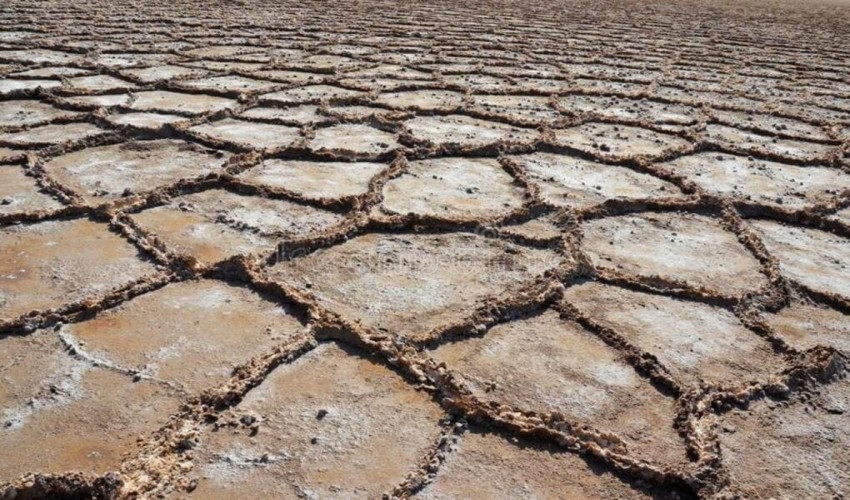Computer Science and Engineering
8
Discover the secret behind the universal similarity of salt flats' geometric patterns.
- Rating
- hexagons
- salts
- groundwater
- geological
- crusts
Perhaps subsurface fluid flows are to blame for the consistent geometry of different playas.
Salt polygons of roughly the same size form in playas all throughout the world, from Death Valley in California to the Atacama Desert in Chile and the Lut Desert in Iran.
Pentagons and hexagons, among other geometric shapes, occur naturally in a variety of geological environments. Polygonal cracks are common in dried mud, ice, and rock, but the sizes of these shapes can range widely.
According to Lasser of Austria's Graz University of Technology, "fluid fluxes and convection beneath are uniquely suited to explain why the patterns occur."
The ubiquity of salty polygons could not be explained without this three-dimensional perspective.
Locations with low precipitation and high rates of evaporation are ideal for the development of salt flats (SN: 12/5/07). When groundwater rises to the surface, it evaporates, leaving behind a crust of dissolved salts and other minerals. The process is most noticeable for the low ridges of concentrated salt that it produces, dividing the playa into polygons, usually hexagons but also a few pentagons and other geometric patterns.
Many playas have different types of salt. Certain playas have more sulfite salts, whereas others have more sodium chloride (table salt). The salt crusts can be as thin as a few millimeters or as thick as several meters. Previous attempts to characterize the patterns of the playas appear to have failed due to this variety.
Polygons measuring 1 to 2 meters in width can be seen in salt pans, regardless of whether the crusts are 1 meter or 1 millimeter thick. Cracking, expansion, and other events that describe how mud and rock fracture lead to polygons whose sizes vary with crust thickness, which contradicts earlier predictions.
The concentration of salt in groundwater is increased as water evaporates from the surface. Because of its increased density and weight, the salty water sinks, while the less dense water above it is forced upward. Convection, as demonstrated by Lasser and coworkers, pushes the descending plumes of saltier water into a network of vertical sheets over time. Salt accumulates on the surface above these layers, causing the formation of substantial salt ridges. The thin salt crusts that grow between the areas of upwelling less salty water are what give playas their universally recognizable polygonal shape.
The equations utilized by the researchers characterize the groundwater's relative salinity, the pressure within the fluid, and the water's kinetic energy. Playas that appear in computer simulations that take into account the whole complexity of the 3-D challenge are those that begin with no salt crust and no polygons.
Julyan Cartwright, a physicist at the Spanish National Research Council based in Granada who was not involved in the study, believes that the fluid dynamical model makes much more sense than one that doesn't account for what's going on below ground.
The model was validated and refined through testing at Owens Lake. Lasser says, "I wanted to do something that involved experimentation" because "physics is so much more than just sitting in front of a computer."
In the 1920s, water was taken from the lake to supply Los Angeles, and the lake dried up. Large amounts of arsenic occur naturally in the deposited minerals on the remnant salt flat and are carried away by the wind, posing major health risks. In an effort to stabilize the salt crust on the lake floor, brine has been injected onto the bed of the lake (SN: 11/28/01). This human involvement allowed the scientists to conduct controlled experiments on their hypotheses.
Despite the destruction, Lasser explains, "we found it to be the ideal setting for our studies."
Leave a Reply
Your email address will not be published. Required fields are marked *


